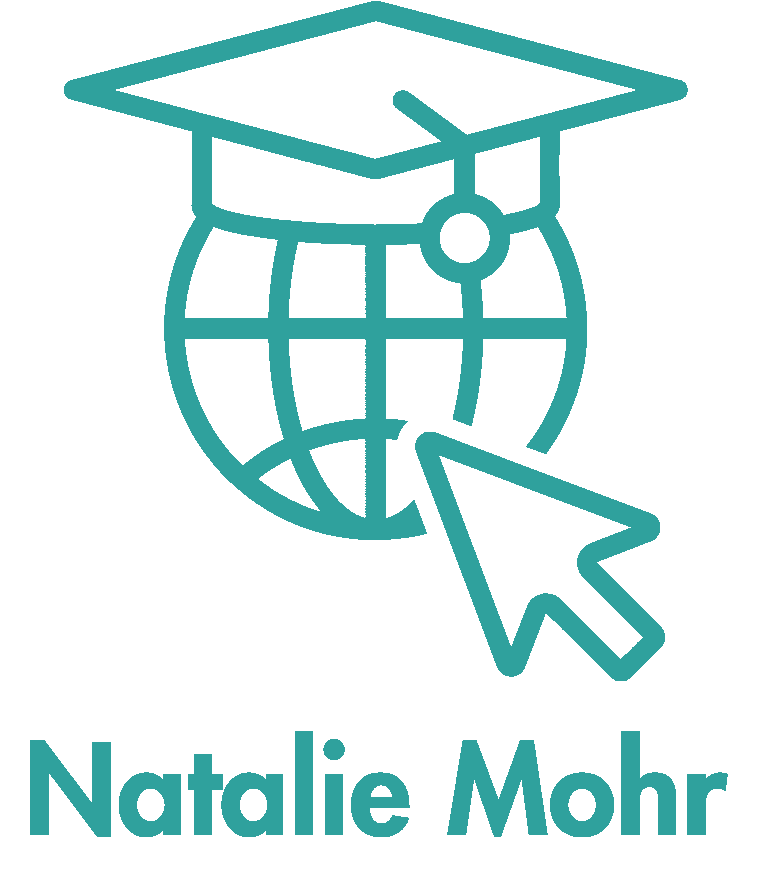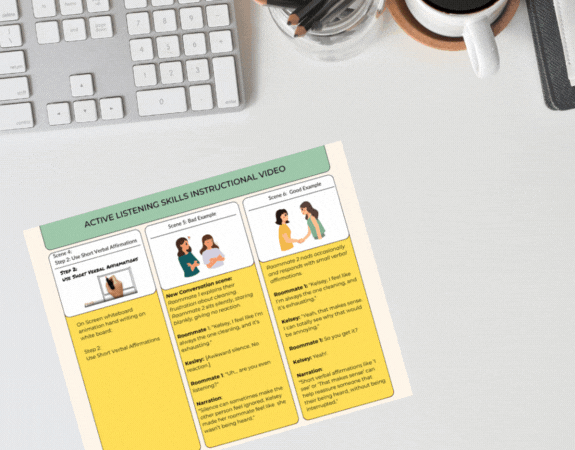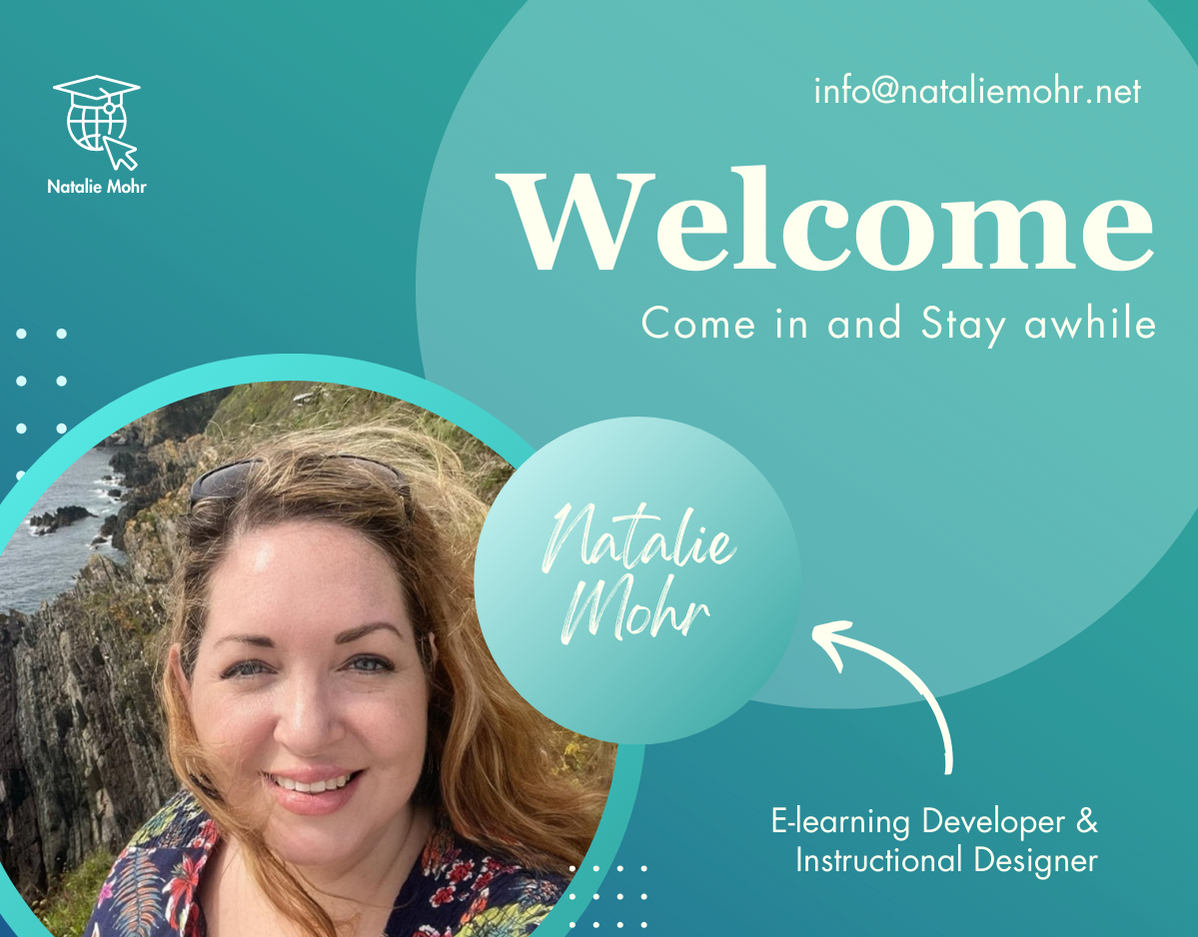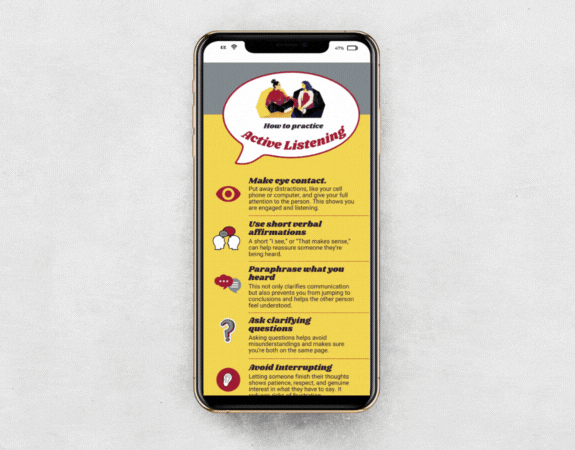Tutorial on Keller's ARCS Model of Motivation
Project Overview
This multimedia tutorial was developed to teach Instructional Design students about Keller’s ARCS Model of Motivation through an engaging, lighthearted animation created in Create Studio and integrated into Storyline 360. The goal was to demonstrate ARCS principles in action, ensuring an instructional experience that maximizes engagement, relevance, confidence, and satisfaction.
Through storytelling, humor, and interactivity, learners explore how motivation impacts e-learning design while considering how to apply the model in their own instructional projects. Two instructional design characters, Jaimie and Alex, guide learners through each ARCS component, making abstract concepts concrete and relatable.
Applying Keller’s ARCS Model to E-Learning and Multimedia Design
How the Video Embodies Keller’s ARCS Model
1. Attention – Capturing and Sustaining Learner Interest
· Humorous storytelling – The tutorial opens with an animated character, Jack the logger, who is frustrated with dull e-learning courses, immediately engaging learners with a relatable scenario.
· Engaging visuals and pacing – Uses colorful animations, transitions, and background music to maintain attention.
· Character-driven narration – Jaimie and Alex present the material in a conversational, approachable way, making the content more engaging than a standard lecture.
2. Relevance – Making the Content Meaningful
· Contextual examples for instructional designers – The video provides real-world instructional design challenges, demonstrating how ID students can apply Keller’s principles to their own projects.
· Scaffolded content delivery – Concepts are broken down step by step, ensuring learners can easily connect Keller’s model to their existing knowledge.
· Relatable learning scenarios – The video includes animated examples of how different instructional choices impact learner motivation, helping students recognize best practices in ID.
3. Confidence – Encouraging Mastery and Self-Efficacy
· Clear learning objectives and chunked content – The video states clear goals and organizes the lesson into microlearning segments, making it easier to process.
· Storyline 360 integration – Learners transition into an interactive drag-and-drop activity, designed to demonstrate confidence-building in instructional design by providing:
· Immediate feedback through animations for correct and incorrect choices.
· Gamification elements that reward successful completion.
· Opportunities to retry and improve, reinforcing skill mastery.
· Learner control – The video design allows users to pause, rewind, and move through the content at their own pace, promoting self-directed learning.
4. Satisfaction – Reinforcing Learning and Providing Rewards
· Interactive learning experience – The combination of video animation, Storyline 360 interactions, and real-time feedback reinforces learner motivation and engagement.
· Gamification elements – The drag-and-drop activity provides positive reinforcement, using animated responses, visual rewards, and clear indicators of progress.
· Emotional connections through humor and frustration – The video’s use of humor, exaggerated frustration, and realistic challenges makes learning memorable and engaging.
Final reinforcement of key takeaways – The lesson concludes by summarizing how learners can apply Keller’s ARCS Model in their own e-learning projects, reinforcing its practical value in instructional design. The story’s resolution serves as a demonstration of ARCS principles in action, showing how effective instructional design transformed the learning experience into a motivating and engaging one.
Skills Demonstrated
Instructional Design & Multimedia Development – Created an engaging instructional video that models Keller’s ARCS framework.
Video Editing & Animation – Developed custom animations in Create Studio, integrating GIFs, graphics, and screen recordings to enhance engagement.
Gamification & Interactivity – Designed Storyline 360 drag-and-drop activities to reinforce learning and provide real-time feedback.
Scaffolding & Microlearning – Structured content into manageable segments to build learner confidence and retention.
Accessibility & Usability – Implemented closed captions and interactive controls, allowing learners to engage at their own pace.
Project Impact
This tutorial demonstrates how Keller’s ARCS Model can be applied effectively in e-learning and multimedia design, blending storytelling, gamification, and interactivity to create an engaging, learner-centered experience. It serves as an example of how motivational strategies can transform digital learning.
Would you like to apply this approach to your own training project? Contact me today to explore how I can bring engaging, research-backed design to your learning solutions.
Instructional Video on
Active Listening Skills
About the project: This video is part of an online course on Conflict Resolution Techniques for College Roommates. I refined the audience to on-campus students at the University of Alabama and integrated branding throughout using the university's style guide. Synthesia.io was used for the presenter. Vyond was used to create the scenarios with customized branding and images were sourced through Adobe Stock, Canva, FreePik or generated using AI. I used photoshop and Clip Champ to edit video contents. Conversation dialogues were created using Eleven Labs and edited in Audacity.
Spanish for Medical Professionals
This self-paced asynchronous e-learning lesson is part of a course is designed to equip medical professionals with essential Spanish language skills for effective communication during their bi-annual volunteer trips to Nicaragua.
The lesson focuses on listening and spoken language skills created using Articulate 360. It includes multi-modal presentation and learning methods for pronunciation guidance and practice, listening comprehension, speaking exercises, interactive activities, and a checkpoint.
The lesson focuses on listening and spoken language skills created using Articulate 360. It includes multi-modal presentation and learning methods for pronunciation guidance and practice, listening comprehension, speaking exercises, interactive activities, and a checkpoint.
Objectives:
• Upon completion of the modules, the medical professionals will be able to recognize 80% of course content spoken by native-Spanish-speakers.
• Upon completion of the modules, the medical professionals will be able to verbally express 80% of the modules’ content in the Spanish language.
• Using pre- and post-module surveys:
- Medical professionals will report a 15% increase in self-confidence to transcend language barriers.
- Medical professionals reporting anxiety related to language barriers will decrease by 15%.
Pecha Kucha presentation
Comparing CIPP & Kirkpatrick evaluation models.
Project Overview
This project showcases a Pecha Kucha-style presentation, an innovative multimedia storytelling format that enhances engagement and retention. The presentation compares the CIPP (Context, Input, Process, Product) Model and the Kirkpatrick Evaluation Model, two widely used frameworks for instructional design and program evaluation.
Using precisely timed slides and concise narration, this format challenges learners to process key concepts quickly and effectively, making complex information more digestible. The fast-paced nature of Pecha Kucha not only enhances focus but also aligns with modern learning trends, such as microlearning and cognitive load theory, ensuring efficient knowledge transfer.
AI Literacy for Students.
Project Overview
This video is one in a series for an Articulate Rise course on AI Literacy for College Students. It was used with Synthesia.io, edited in Canva and Microsoft ClipChamp. If you're interested in learning more about the course, click on the related links below.
Looking to hire an instructional designer + e-learning developer? Let's chat!
Thank you!








